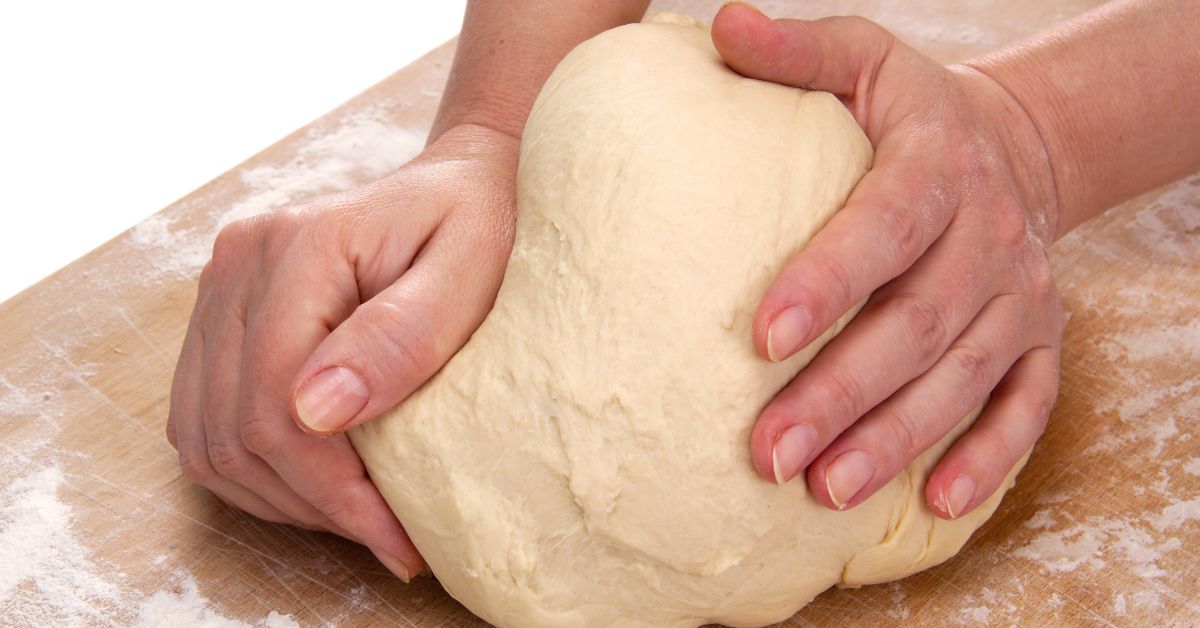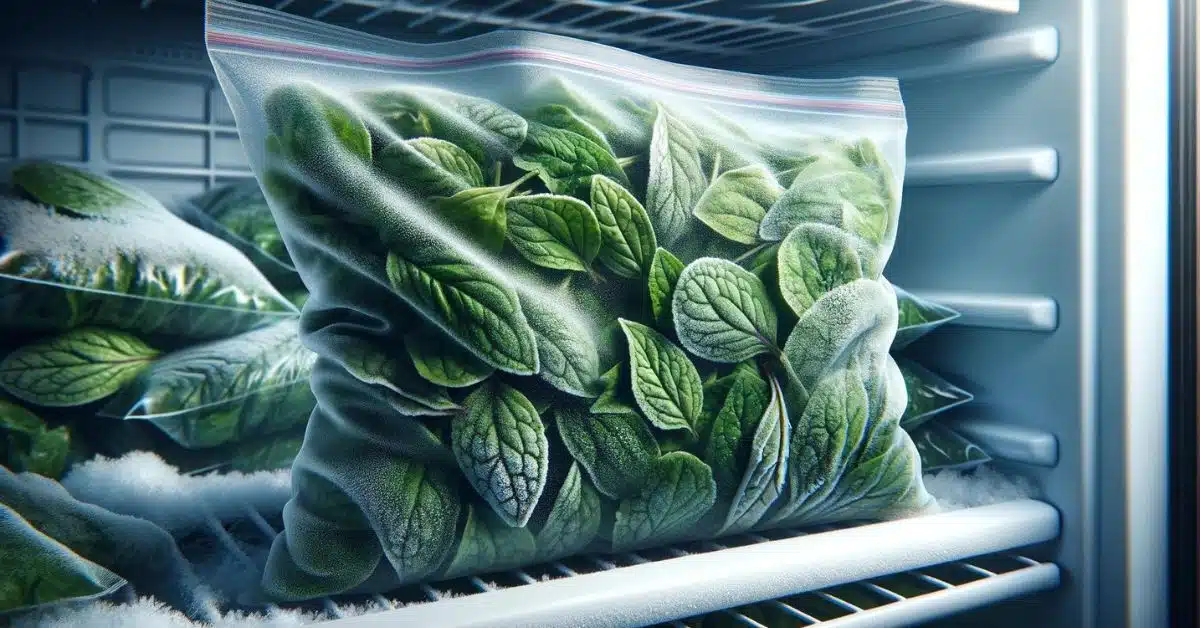In the kitchen, where aromas, flavors and traditions mix, baking and cooking turns into an art, where each recipe requires not only ingredients and different techniques, but also a dose of love and patience. Among the most common culinary tasks is the preparation of soups – simple, but at the same time able to offer comfort and warmth that we seek on cold days or when we long for a piece of home. Soup, this humble dish, carries the history and traditions of different cultures, transformed into an endless number of variations that warm the body and soul.
However, as in any art, there are moments of challenges and obstacles in the art of cooking. One such challenge that can test the patience of even the most experienced cooks is salted soup. It may seem that this small mistake – treating the salt too generously – can doom your culinary creation to failure. But in reality, like any mistake, this one also offers an opportunity for learning and improvement.
In baking and cooking, as in life, mistakes are an integral part of the learning process. Salted soup is not only a cooking accident, but also an opportunity to demonstrate creativity, adaptability and patience. It takes more than basic culinary skills to save a salted soup; it requires an understanding of the basic principles of flavors and how they interact with each other.
Adding more liquid
How it works: Dilute the salt concentration in the soup by adding liquid. It is important to use a liquid that is either completely unsalted or has a very low salt content so that you do not increase the saltiness of the food even more.
When to use it: This method is ideal for watery soups and broths where the added liquid doesn’t have a big impact on the desired consistency or flavor of the final dish.
Tips for success:
- When adding water, it is important to consider that it can dilute not only the saltiness, but also the overall taste of the soup. This may require additional seasoning with herbs or spices (excluding salt).
- For broths, choose one that matches the soup base to maintain its flavor profile.
- Milk or cream can add creaminess to creamy soups, at the same time reduce the saltiness and enrich the soup with a new dimension of taste.
Use of potatoes
How it works: Potatoes have the ability to absorb some of the salt (and other flavors) from the soup during cooking. Although this method is often mentioned, it is important to note that the primary potatoes absorb liquid, which can indirectly reduce the salt concentration.
When to use it: This method is suitable for thick, creamy or vegetable soups where the added potato will not change the desired texture or taste of the dish.
Tips for success:
- Use large chunks of potatoes so they can be easily removed after the salt has been absorbed.
- If you want the potatoes to contribute to the overall texture of the soup, you can mash them after cooking and add them back to the soup. This is especially useful if you need to thicken a thin soup.
Acidity to balance the taste
How it works: Adding an acidic component can help balance excess saltiness by adding a new flavor dimension to the soup that softens the perception of saltiness.
When to use it: This method works for a wide variety of soups, especially those that can benefit from a light sour note, such as tomato soups, broths, and more.
Tips for success:
- Add sour ingredients gradually and taste to avoid an overly sour note. It’s important to find the right balance where the acidity moderates the saltiness without overpowering the other flavors in the soup.
- Experiment with different types of sour ingredients. Each adds a unique flavor – lemon juice adds freshness, while vinegar can add a deeper note. Tomatoes offer a sweet and sour flavor that can be ideal for certain types of soups.
- Consider the overall flavor profile of the soup. Certain sour ingredients can better complement the other flavors in the soup. For example, in Asian-themed soups, it may be more appropriate to use lime juice or fish sauce, which also has a sour taste.
- Do not forget about additional ingredients. Acidic ingredients can change the flavor profile of the soup, which may require fine adjustments to other spices and herbs to maintain a harmonious flavor.
- Use acidity to enhance other flavors. In addition to helping to moderate the saltiness, the acidity can also help to accentuate and enliven the other flavors in the soup, enhancing the overall taste experience.
Adding sugar
How it works: Sugar can help balance excess saltiness in food by adding an opposite flavor dimension. This contrast can help to “mitigate” the perceived saltiness without the need to fundamentally change the recipe.
When to use it: This method is good for soups where a slight increase in sweetness won’t feel out of place, and for situations where other saltiness mitigation methods aren’t suitable or available.
Tips for success:
- Start with a small amount of sugar and gradually add more as needed, tasting between additions.
- Remember, the goal is to neutralize the saltiness, not create a distinctly sweet flavor.
Extending the recipe
How it works: By adding more ingredients that aren’t salted, you can increase the overall volume of the food, thereby diluting the salt concentration.
When to use it: This method is ideal when you have enough time and resources to add more ingredients without disrupting the basic texture or flavor of the dish.
Tips for success:
- Choose ingredients that naturally fit an existing recipe while adding new textures or flavors.
- Vegetables, grains or meat should be added well in advance so that they have time to cook and combine with the flavors of the soup.
Adding dairy products
How it works: Dairy products can add creaminess to a soup while mitigating an overly salty taste by adding richness and softness to the flavor.
When to use it: This approach is good for creamy soups or ones that go naturally with dairy, like potato soups or soups with a soft, smooth texture.
Tips for success:
- Cream, yogurt or soft cheeses are excellent choices. Add them to the soup and let them cook briefly to combine with the other flavors.
- Watch the temperature to prevent curdling of dairy products, especially if using yogurt or cream.
Caution when salting
How it works: Gradual addition of salt and regular tasting during cooking is a basic principle that can prevent excessive saltiness from the start.
When to use it: This approach should be standard when cooking any food, not just soups.
Tips for success:
- Use salt sparingly and always taste your food before adding more salt.
- Remember that some ingredients can add saltiness, so take that into account when tasting your food.
Each of these methods offers an effective way to save oversalted soup while learning important culinary lessons about flavor balance and adaptability in the kitchen.
Salted soup is not the end of the world or your culinary creation. With a little creativity and a willingness to experiment, you can correct these mistakes and even create a dish that is better than you originally intended. The important thing is to keep calm, be patient and don’t be afraid to try different methods until you find the one that best suits your situation.
Salted soup questions and answers
What should I do if I have added too much salt to the soup?
Don’t despair at first. There are several methods to reduce the saltiness: adding more liquid, using potatoes to absorb the salt, increasing the volume of the soup by adding other non-salty ingredients, adding an acid component to balance the flavors, or slightly sweetening. Choosing the right method depends on the type of soup and your personal preferences.
Can I use any type of potato to absorb the salt?
Yes, you can use any type of potato. It is important that the potato is raw and left in large pieces so that you can easily remove it after the salt has been absorbed. But let’s remember that potatoes will dilute the salinity by expanding the volume rather than directly absorbing the salt.
How much sugar should I add to moderate the saltiness?
Start with a small amount, such as a teaspoon, and gradually add more to taste. It is important to add sugar gradually and taste the soup so that you do not overdo it and the soup does not start to seem too sweet.
Can the addition of acid affect the nutritional values of the soup?
Yes, the addition of an acid such as lemon juice or vinegar can slightly affect the nutritional values, especially in terms of vitamin C and some minerals. However, due to the small amount that is usually needed, this effect is minimal and may also add beneficial antioxidants.
What other methods can I try if the above doesn’t work?
Another option is to split the soup. You can remove some of the salted soup and replace it with an equal amount of unsalted soup or water and suitable ingredients to preserve the original taste. This allows you to tone down the saltiness without radically changing the flavor profile of the soup.
Is there a way to prevent the soup from being too salty?
The best way to avoid excessive saltiness is to gradually add salt and regularly taste the soup during cooking.



